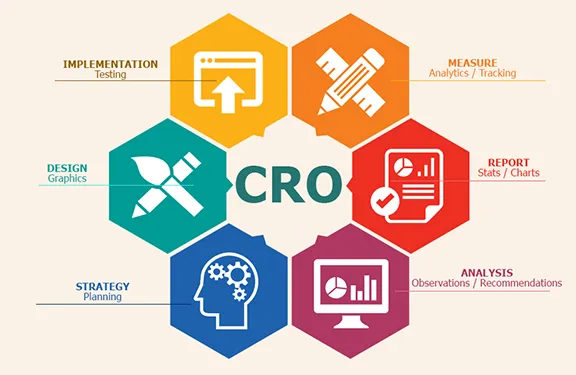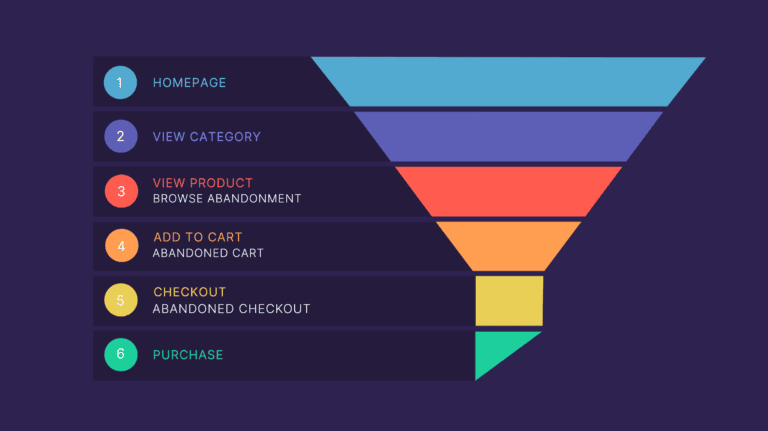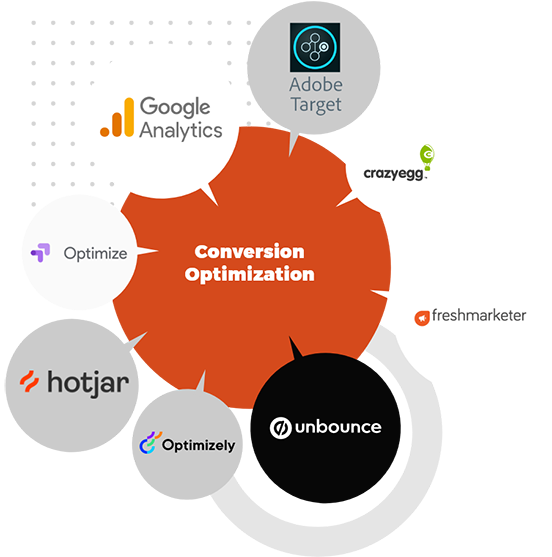Introduction
In the digital age, where businesses vie for every click and every conversion, mastering Conversion Rate Optimization (CRO) has become essential for sustained success. Whether you’re running an e-commerce store, a lead generation site, or a blog, optimizing your conversion rates can significantly impact your bottom line. In this article, we’ll explore effective conversion rate optimization tips that will help you enhance your sales performance, improve user experience, and ultimately achieve your business goals.
Understanding CRO is the first step toward making informed changes to your website. It involves analyzing user behavior, identifying obstacles that prevent conversions, and implementing strategies to address these issues. With the right insights and tools, you can transform your site into a conversion powerhouse. Let’s dive deeper into the nuances of conversion rate optimization.
What is Conversion Rate Optimization?
Conversion Rate Optimization refers to the systematic process of increasing the percentage of website visitors who take a desired action, such as making a purchase, signing up for a newsletter, or filling out a contact form. Understanding the difference between Long Tail Keywords vs Short Tail Keywords can significantly impact your site’s optimization efforts, as these keyword strategies directly influence your search visibility and audience targeting. The conversion rate is calculated by dividing the number of conversions by the total number of visitors and multiplying by 100 to get a percentage. For example, if your site had 1,000 visitors in a month and 50 of them made a purchase, your conversion rate would be 5%.
Why is Conversion Rate Optimization Important?
- Maximizes Marketing Investments: CRO ensures that you get the most out of your existing traffic, reducing the need for expensive advertising campaigns.
- Enhances User Experience: Optimizing your site often leads to a better user experience, which can improve customer satisfaction and loyalty.
- Increases Revenue: Higher conversion rates translate directly into increased sales and revenue without the need to attract more traffic.
- Improves Insights into Customer Behavior: CRO involves analyzing user behavior, providing valuable insights into what customers want and how they interact with your site.
Key Conversion Rate Optimization Tips
To help you boost your sales, here are some top conversion rate optimization tips you need to know:
1. Understand Your Audience
Customer Persona Development: Create detailed customer personas based on demographics, interests, pain points, and behaviors. Understanding your audience is critical for tailoring your marketing messages and offers effectively.
User Surveys and Feedback: Conduct surveys to gather insights from your visitors about their experiences on your site. This feedback can uncover barriers to conversion that you may not have considered.
2. Enhance Website Usability
Simple Navigation: Ensure that your website is easy to navigate. A cluttered or confusing layout can lead to high bounce rates. Use clear categories, filters, and a search bar to help users find what they need quickly.
Mobile Optimization: With a growing number of users accessing websites via mobile devices, it’s essential to have a mobile-responsive design. A site that is difficult to use on a mobile device will deter potential customers.
3. Optimize Landing Pages
Clear Call-to-Action (CTA): Your CTAs should be clear, compelling, and strategically placed. Use action-oriented language that tells users exactly what to do next, such as “Buy Now” or “Sign Up Today”.
A/B Testing: Experiment with different versions of your landing pages to see which design, copy, and CTA lead to higher conversion rates. For instance, you might test two different headlines or button colors to find out which performs better.
4. Build Trust and Credibility
Social Proof: Incorporate testimonials, reviews, and case studies on your site. Displaying user-generated content can increase trust and encourage others to convert.
Secure Your Site: Ensure that your website is secure (look for HTTPS in the URL) and prominently display trust badges, especially on payment pages, to reassure customers.
5. Optimize Content for Conversion
Compelling Copywriting: Your website copy should engage visitors and clearly communicate the value of your products or services. Use persuasive language that addresses your audience’s pain points.
Visuals and Videos: Incorporate high-quality images and videos that showcase your products or services. Video content can significantly increase engagement and conversion rates.
6. Use Data Analytics
Track Key Metrics: Use analytics tools like Google Analytics to track your conversion rates, bounce rates, and user behavior. Understanding where users drop off in the conversion funnel will help you make informed decisions.
Heatmaps: Tools like Hotjar or Crazy Egg can provide heatmaps showing where users click and how far they scroll on your pages. This data can reveal areas of interest and frustration on your site.
7. Simplify the Checkout Process
Reduce Form Fields: The fewer fields users have to fill out, the more likely they are to complete the purchase. Only ask for essential information during checkout.
Guest Checkout Option: Allow users to check out as guests instead of forcing them to create an account. Many customers abandon their carts if they are required to register before making a purchase.
8. Leverage Retargeting
Retargeting Campaigns: Use retargeting ads to reach users who have previously visited your site but did not convert. These ads can remind users of products they viewed, encouraging them to return and complete their purchase.
Email Remarketing: Send personalized follow-up emails to users who abandon their carts or express interest in your products. Offering discounts or highlighting product benefits can entice them back.
Common Challenges in Conversion Rate Optimization
Misconceptions About CRO
Many businesses believe that CRO is solely about increasing traffic, but this is a misconception. While traffic is essential, focusing on converting the visitors you already have can yield more significant results.
Lack of Data-Driven Decisions
Failing to base decisions on data can lead to ineffective strategies. Always rely on analytics and user behavior insights to inform your CRO efforts.
Ignoring User Feedback
Ignoring the feedback from your audience can result in missed opportunities for improvement. Regularly seek out user opinions and adjust your strategies accordingly.
Conclusion
Implementing effective conversion rate optimization tips can have a profound impact on your business’s success. By understanding your audience, enhancing usability, optimizing landing pages, building trust, and leveraging data analytics, you can significantly improve your conversion rates and boost your sales.
Remember that CRO is an ongoing process. Regularly assess your strategies, experiment with new ideas, and remain flexible to adapt to changing user behaviors and preferences. With dedication and the right approach, you can transform your website into a high-converting sales machine.









